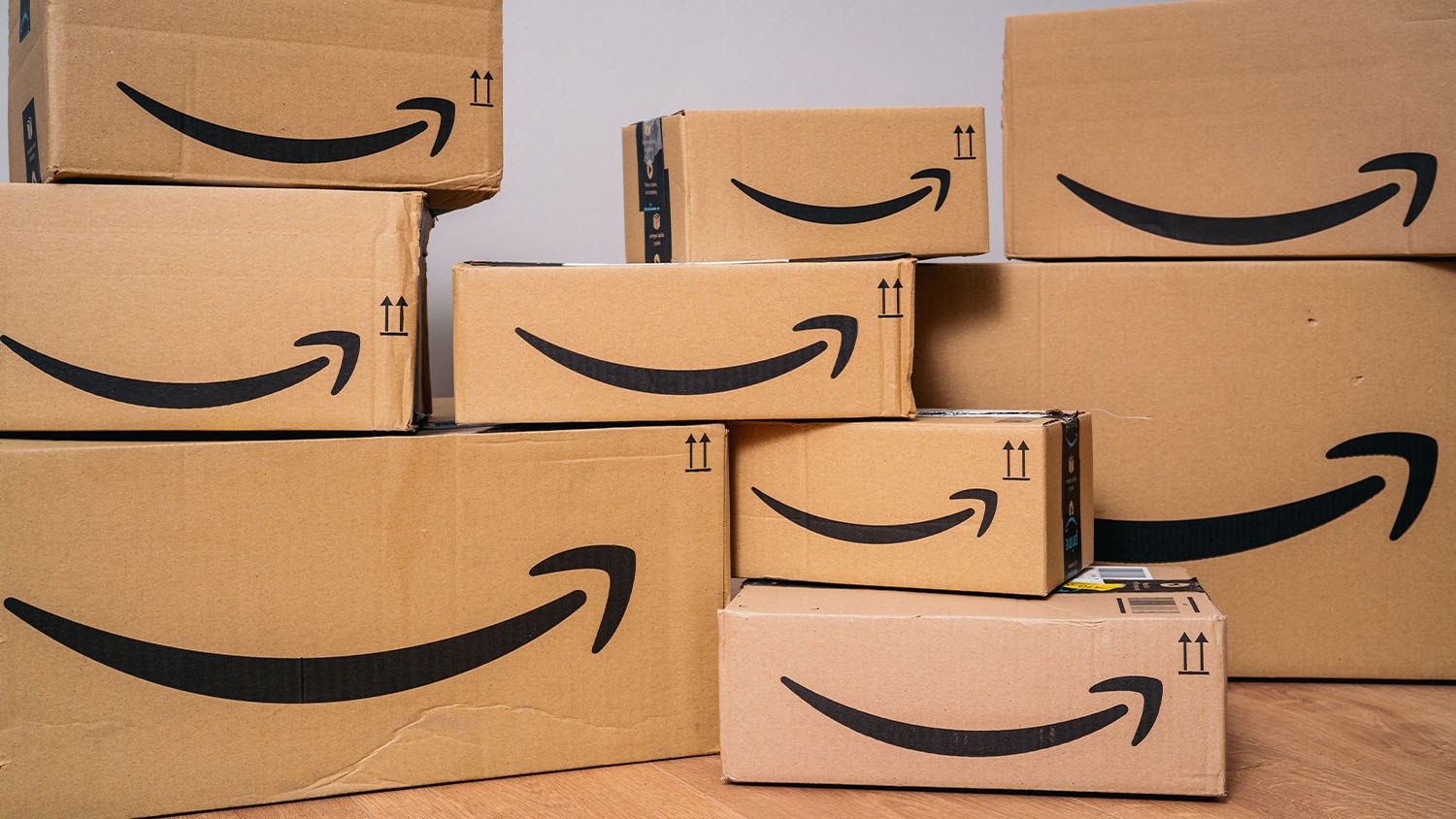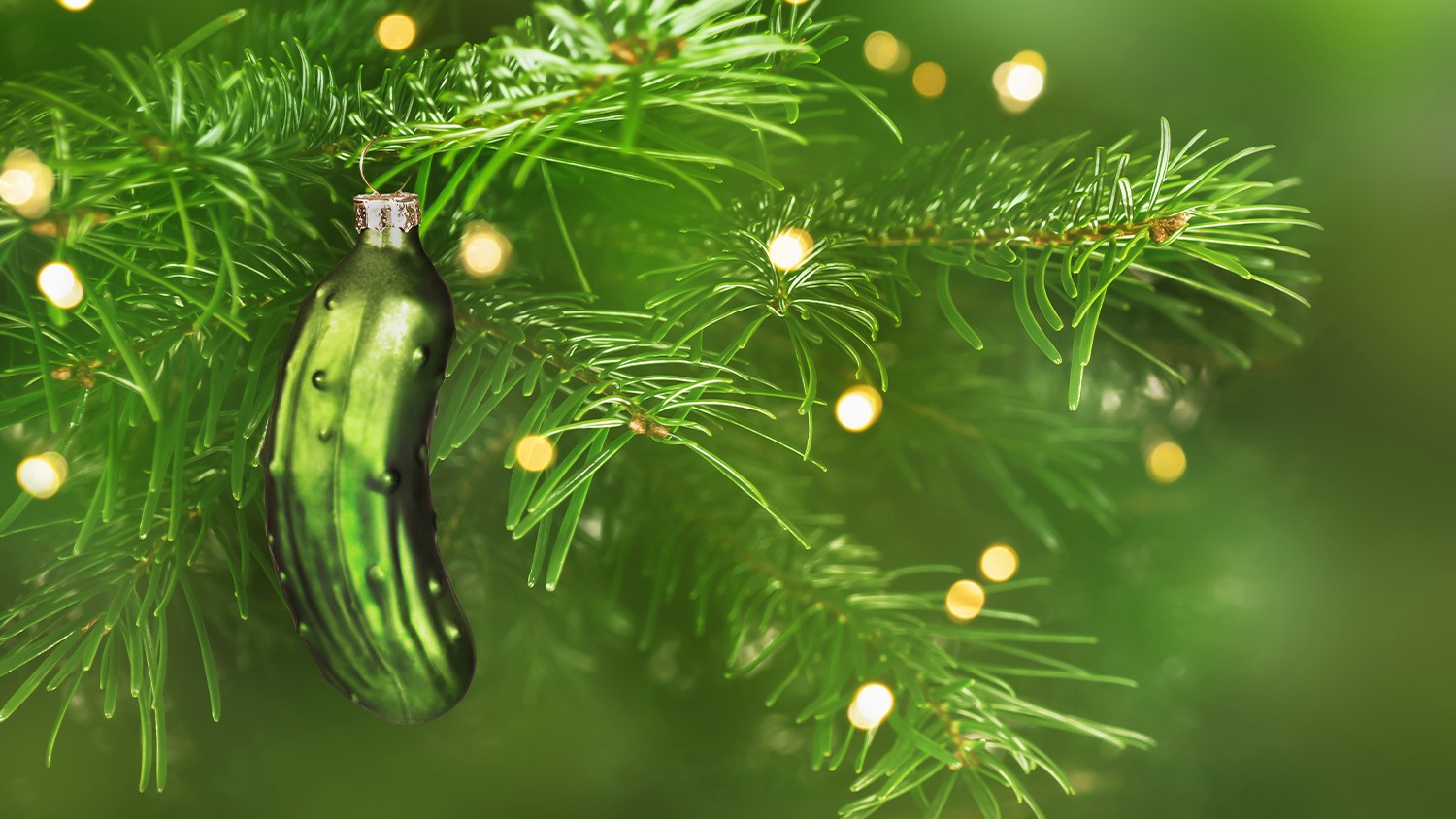NEWPORT NEWS, Va. (WAVY) — Are you ready for Monday’s solar eclipse?
On Monday, April 8, a total solar eclipse will cross North America, passing over parts of Mexico, the United States and Canada.
“Getting to see a total solar eclipse is probably the most amazing thing you’ll ever do,” Dr. Kelly Herbst said. “It really is, in a lot of ways, almost life changing. It’s really incredible to be present at one of these events”.
Herbst saw the last solar eclipse in 2017 and now, seven years later, she is traveling to see the eclipse in totality on Monday.
Herbst is the Astronomy Manager at the Virginia Living Museum. She joined the Digital Desk this week, to help everyone be prepared for Monday’s solar eclipse. Watch the full Digital Desk livestream in the video player on this page.
What is a solar eclipse?
In general terms, whenever you have an eclipse take place, one celestial body casts a shadow on another celestial body.
“What we’re seeing in this case, the moon is going to cast a shadow on to the earth, that’s a solar eclipse,” Herbst said.
In areas of totality, it will be dark and the temperature is expected to drop from the lack of sunlight.
What will the eclipse look like near me?
The Hampton Roads region, and the Commonwealth, will get a partial eclipse. We will see about 80% of the sun covered. In this area, there will not be total darkness, with 20% of the sun still sending light down.
In this partial eclipse area, Herbst said one of the things you want to look for, if you’re outside watching the eclipse, is what shadows look like.
“Look at shadows, your shadow, or the shadow a tree, something like that,” Herbst said. “You’ll start to notice the quality of the light changes. When a lot of the sun gets covered, light starts to look a little different because you’re not getting as much sunlight as you usually do”.
Use the 2024 Eclipse State Coverage Map to find out how much of the sun will be covered in your city.
How do I look at the eclipse?
If you look directly at the sun, you can damage your retina. The condition is called solar retinopathy, and it leaves permanent damage to your eye.
Are sunglasses enough? No. Sunglasses are not designed to protect your eyes from direct sunlight, said Herbst. They are designed to protect your eyes from reflective sunlight.
Solar eclipse glasses are designed to reduce the amount of light that comes in through the lenses to less than 1% of the light that impacts the outer surface.
Pro tip, if you wear glasses, they work by putting them on over your glasses.
If you have solar eclipse glasses leftover from 2017, Herbst said you have to check to make sure they are still usable. If you put them on without looking at the sun, and see tiny pin points of light, that means they are no longer working.
She warns people to be careful where you have purchases glasses from.
“You want to make sure the glasses you have received an ISO mark or I-S-O mark,” Herbst said.
If they are ISO certified that means they are approved to use for the purpose of the solar eclipse.
Watch out, because these marks have begun to be counterfeited, so you may have to test to make sure your glasses are ready for Monday.
Another way to test is by using a flashlight or cell phone to shine through the lens. You should only see a tiny pin mark. If you see any more than the barest, little pinpoint of light coming through, Herbst said throw them away.
To find glasses online, use this link to find options. Locally, Herbst says glasses are also available at the Virginia Living Museum in Newport News.
Other tips
Herbst recommends eclipse watchers give themselves extra time to travel leading up to the eclipse. This will allow watchers to have ample time to find the best spot, especially around developing weather. She also discourages stopping along the side of the road to watch the eclipse. Find a safe location to sit and view uninterrupted.
For those that do not have glasses, Herbst says another way to watch the eclipse is by using a eclipse pinhole viewer, or making a lattice with your hands. Watch the clip to hear more about the lattice method, below.
Take a look at these NASA tips to watch and stay safe.
Where to watch?
The Virginia Living Museum is hosting solar eclipse events on Monday, April 8.
Come early for the “Eclipse 2024” planetarium show at 10:30 a.m., 11:30 a.m. or 12:30 p.m. Then, stick around for the eclipse from 2-4:30 p.m. on the Conservation Lawn, weather permitting. Staff will teach guests about the eclipse, you can watch with solar-viewing glasses (available while supplies last at the museum store) and watch a live broadcast from a site of totality.
To visit, normal museum admission is required, and there is an additional cost for the planetarium show.
There are more ways to watch locally, take a look at the local eclipse events here.
Find more helpful tips and information from Herbst in the Digital Desk conversation in the video player on this page.

























































